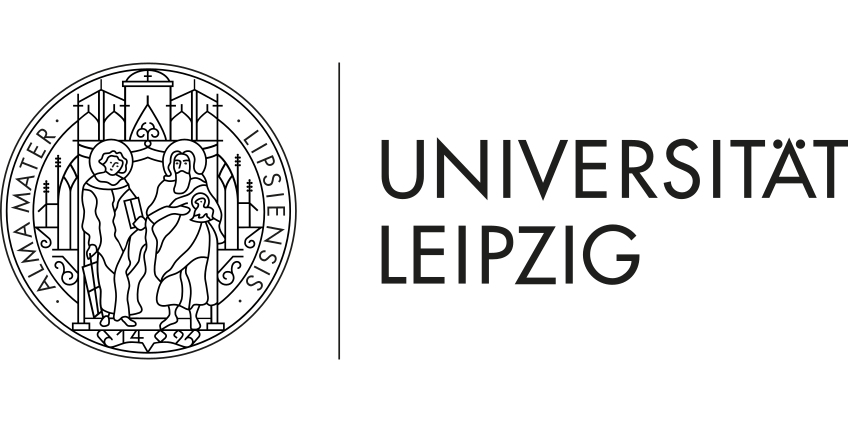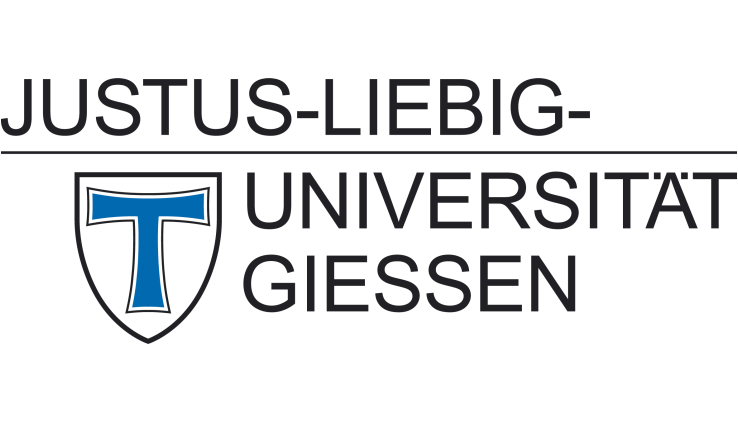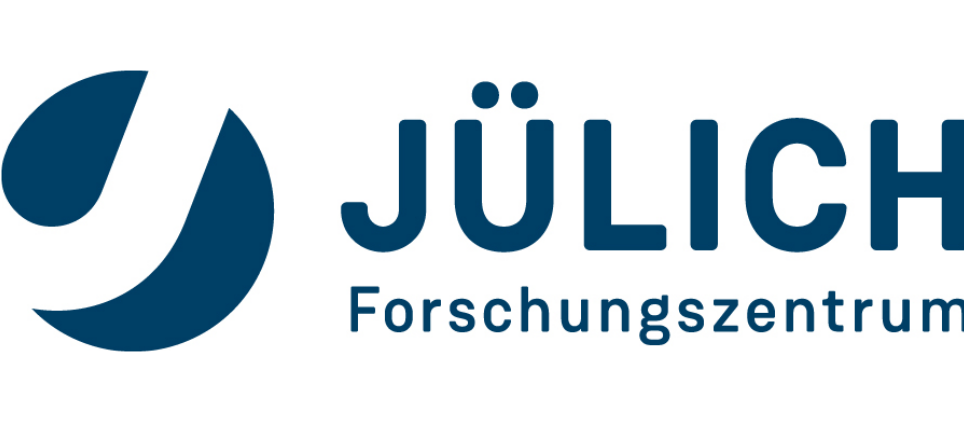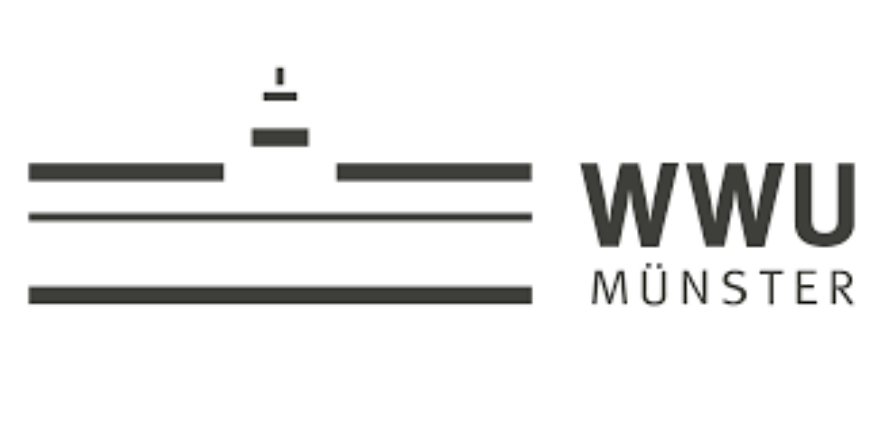“Frauenförderpreis 2018” for Prof. Dr. Stefanie Dehnen (A9)
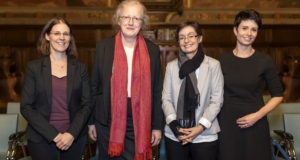
Professor Dehnen with Prof. Dr. Katharina Krause (president of Philipps-Universität Marburg), Prof. Dr. Carmen Bickle, and Dr. Nina Schumacher (women and equal opportunity officer). (Photo: Henrik Isenberg)
The “Frauenförderpreis” of Philipps-Universität Marburg is awarded every two years since 1998 and worth 2500 EUR. It recognizes Prof. Dr. Stefanie Dehnen and Prof. Dr. Carmen Birkle for their strong mentorship and in the case of Professor Dehnen in particular for her participation as a mentor for early-career female academic staff in the Hessen-wide project “SciMento” and her enduring engagement for a family-friendly research environment.
In balancing a professorship and family-life with four young children, Stefanie Dehnen is living proof that having both, a research career and a family is possible.
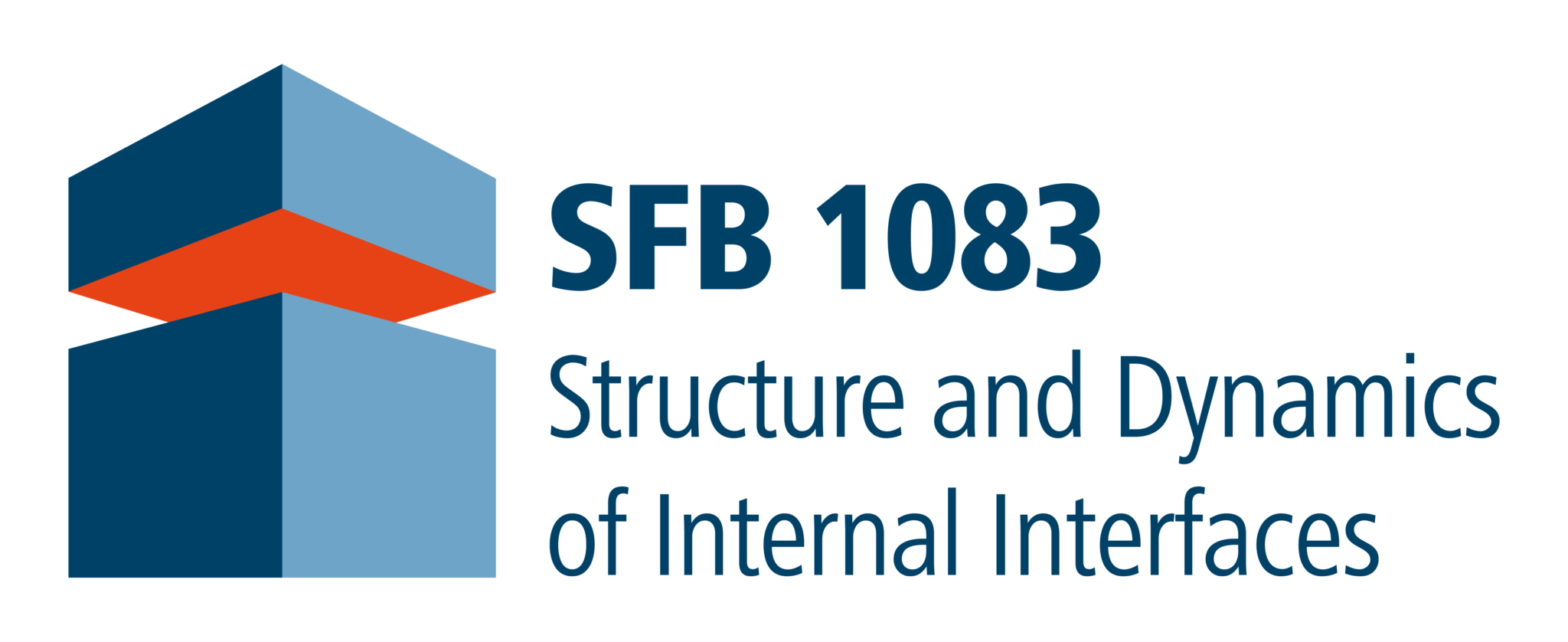


 The meeting was jointly organized by SFBs 951 “Hybrid Inorganic/Organic Systems for Opto-Electronics (HIOS)” Berlin and SFB 1083 “Structure and Dynamics of Internal Interfaces”. It attracted more than 80 participants from Europe, Asia and America to the Black Forest. The meeting consisted of 30 talks and 48 posters.
The meeting was jointly organized by SFBs 951 “Hybrid Inorganic/Organic Systems for Opto-Electronics (HIOS)” Berlin and SFB 1083 “Structure and Dynamics of Internal Interfaces”. It attracted more than 80 participants from Europe, Asia and America to the Black Forest. The meeting consisted of 30 talks and 48 posters.

